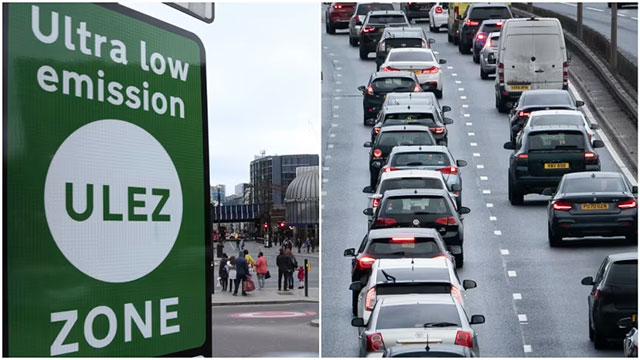Where London leads, the UK’s other cities follow, right? Manchester residents watching the growth and spread of London’s Low Emissions Zone (LEZ) and Ultra Low Emission Zone (ULEZ) might well feel that they are next. After all, Manchester has the UK’s second-largest urban population, so a charging zone to push down city emissions is not an unrealistic prospect.
Below, we run through what has happened in Manchester so far and what the future might hold. So, you may well know whether you should be getting a car valuation and changing your vehicle for something that isn’t going to cost you every time you pop into the centre of the city.
Table of Contents
Why does Manchester not already have a ULEZ?
Greater Manchester nearly did have a Clean Air Zone that would have charged motorists to enter, however, its timing was its downfall. It was deemed that it would be poorly timed to launch a charging scheme in the immediate aftermath of the Covid-19 pandemic. Then, on 30 May 2022, the plan was cancelled altogether.
This doesn’t mean that the idea of a charging zone is dead and buried, though – there are still those in favour of such a scheme and the area still has targets to hit.
What does Manchester have to do?
Greater Manchester, like many other urban areas, has been charged with reducing the levels of harmful pollutants of the sort that are produced by vehicles.
Unlike the original congestion charge zone in London, the pollutant in question is not CO2 (carbon dioxide). Instead, it is nitrogen dioxide (NO2) that is in the government’s targets. This is because this is a chemical that can cause lung disease in people and can be harmful to the wider environment too.
It’s estimated that road transport is responsible for around 50% of NO2 production, so it is little wonder that cars, vans and lorries are seen as an easy target when it comes to reducing the impact on the atmosphere.
More modern cars have filters to better trap NO2 (and other emissions) so they stand a better chance of being exempt from ULEZ charges – in London, Euro 6 diesel vehicles and Euro 4 petrols are both able to travel into the city’s zone without paying.
Greater Manchester will have to cut its NO2 levels as soon as it can, but by 2026 at the latest. However, the organisation, Clean Air Greater Manchester hopes it can do this without charging individual motorists on a daily basis.
What is Greater Manchester going to do instead?
In July 2022, Manchester local authorities put forward a new Clean Air Plan, suggesting that money could be spent to cut the levels of nitrogen oxide emissions, instead of making motorists pay.
The plan is that the biggest offenders – buses and HGVs – would be removed from the road instead. It would take £120m of funding from the government, say the authorities, who have put evidence forward to support their proposal.
There has been a bus retrofitting program taking part nationwide, but this was paused in April 2023 due to mixed results when it came to actually reducing emissions, and a review is being held into it. Manchester’s leaders are expected to want to align with the result of the review.
Should I sell my car?
At the moment, motorists in and around Manchester have no need to change their cars on the basis of any impending ULEZ. You may wish to upgrade for personal reasons, and there is still a possibility of charging zones coming in the future, but there is nothing confirmed as of now.













